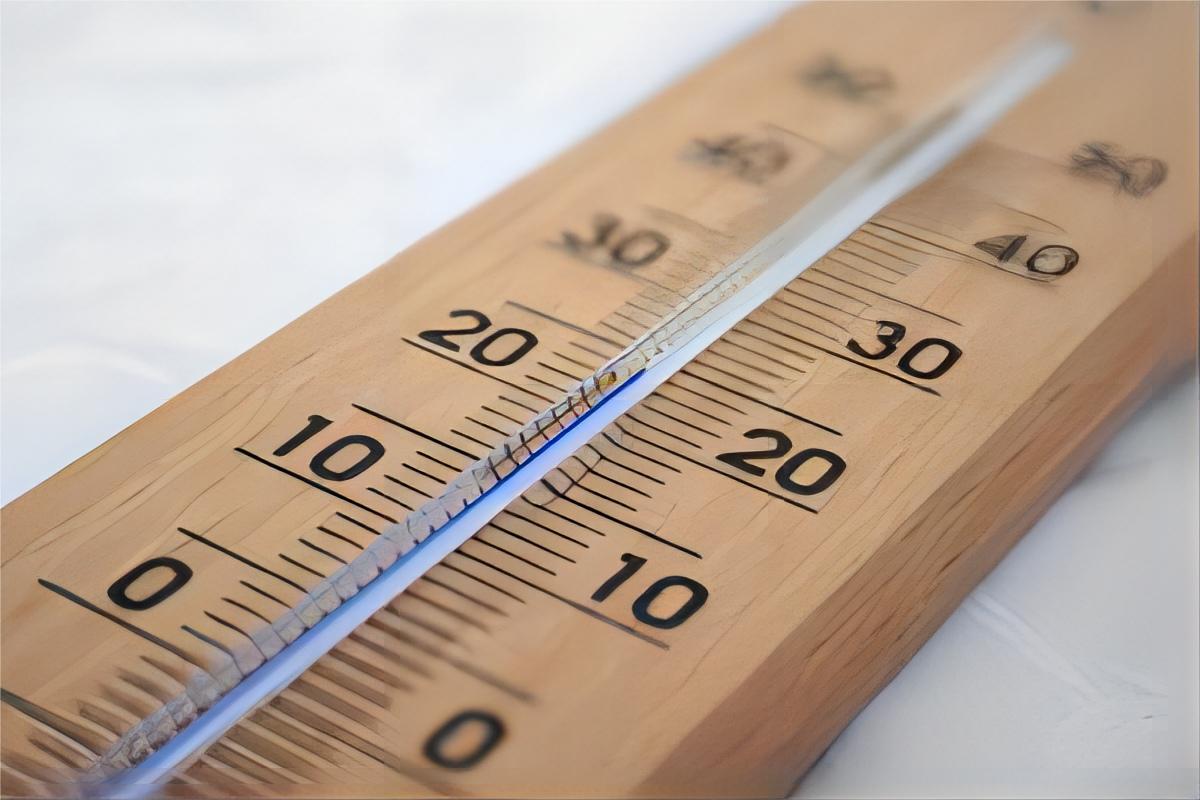Temperature, dew point, grains, and relative humidity are terms we use a lot when we talk about dehumidification. But temperature, in particular, has a great bearing on the ability of a dehumidification system to extract humidity from the atmosphere in a productive way. That’s because temperature affects relative humidity and dew point which, combined, can alter the dehumidification process.

TEMPERATURE AFFECTS RELATIVE HUMIDITY
Temperature and relative humidity are two factors used to determine the dew point of a specified area (more on dew point below). Relative humidity is the amount of water in the air, relative to full saturation of the air. 100% relative humidity means the air cannot physically hold any more water vapor whereas 50% means the air is holding half the amount of water vapor it is capable of holding. Most people find between 40% and 60% RH to be “comfortable”.
While temperature is just one factor, it’s a big one. Without changing the amount of water in the air, lowering the temperature will drive up the relative humidity. In other words, if we take an 80°F room with 40% relative humidity and lower it to 60°F without removing any water, the relative humidity becomes 48%. Once you have determined the existing and ideal conditions, you can determine what kind and how much dehumidification, ventilation, and heating/cooling system would work best in the space you have.
TEMPERATURE AND DEW POINT
Temperature of an area and dew point are two important factors for those working to regulate humidity levels. Dew point is the point at which water vapor will condense into liquid water. If we raise or lower the temperature without removing water, the dew point remains the same. If we keep the temperature constant and remove water, the dew point goes down.
Dew point will tell you the comfort level of the space and the method of dehumidification needed to remove water to meet desired conditions. High dew point manifests itself in the Midwest as “sticky” weather, whereas lower dew point can make the desert of Arizona tolerable, as higher temperature correlates to a lower dew point.
Understanding that temperature consistency is important for maintaining the proper level of relative humidity is key to keeping ideal conditions. Proper temperature control, ventilation, and dehumidification will keep the conditions where you want them.

LOWERING HUMIDITY WITH DEHUMIDIFICATION
Dehumidification is the most effective and efficient way to lower the relative humidity of an area. Using the dew point, mechanical dehumidification systems are designed to condense the air on the coil into liquid water, which can then be removed from the desired area. When the dew point is below freezing and a mechanical dehumidifier can’t condense the vapor into a liquid, a desiccant dehumidifier needs to be employed to absorb vapor out of the air. Lowering the humidity with dehumidification is an easy process, but it requires a fully integrated climate control system. Using heating and air conditioning to control the temperature, dehumidifiers work within the climate control system to maintain proper humidification levels.
Post time: Nov-11-2022
